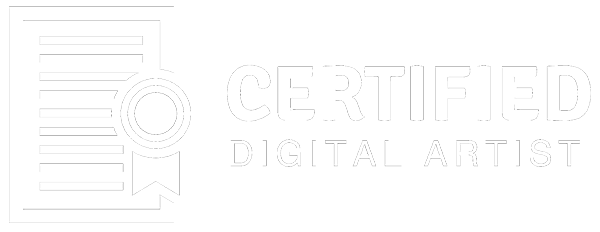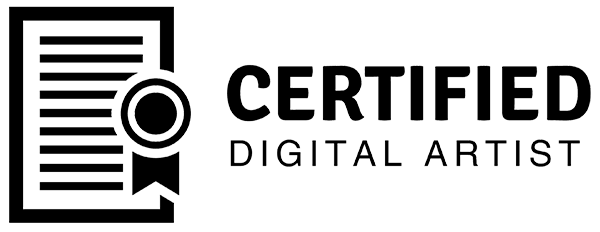The digital industry is dynamic, creative and ever-evolving, but how do you find your place in it and what should you expect? Justin Wight, Director at Monkeystack Studios shares his wisdom and experience gained from 18 years in the industry.
Monkeystack is a multidisciplinary digital chameleon that adapts to any digital content project, working wonders in animation, games, apps, web, VR, AR, MR, live action, special effects and more.
Established in 2004, Monkeystack is recognised as a multi-international award-winning studio and have worked with high profile clients including Nickelodeon, Nike and Red Cross amongst others, as well as producing a variety of its own animation series and games.”

What do you look for when hiring junior artists/entry-level positions?
“Our strength and success come from our talented team of 24 creatives, producers, developers and designers. In a studio the size of Monkeystack it’s common to find most team members are multi-disciplined which makes it easier to balance the flow of work from week to work. It also means people get to work on a great mix of projects which keeps things interesting.” says Director, Justin Wight.
The Studio has a long history of supporting students looking to join the industry.
Nick was introduced to Monkeystack through their Incubator Program in 2009 “Once I saw the inner workings of a studio, I knew it was the career path for me. One of the Directors at the time encouraged me to go on to further study to further build my skills. I was then offered the opportunity to join the team in a full-time capacity.”
After 3 years with the studio, Nick is now moving into a Production Supervisor role. “Justin and Troy are very supportive and aim to help everyone reach their full potential,” says Nick.
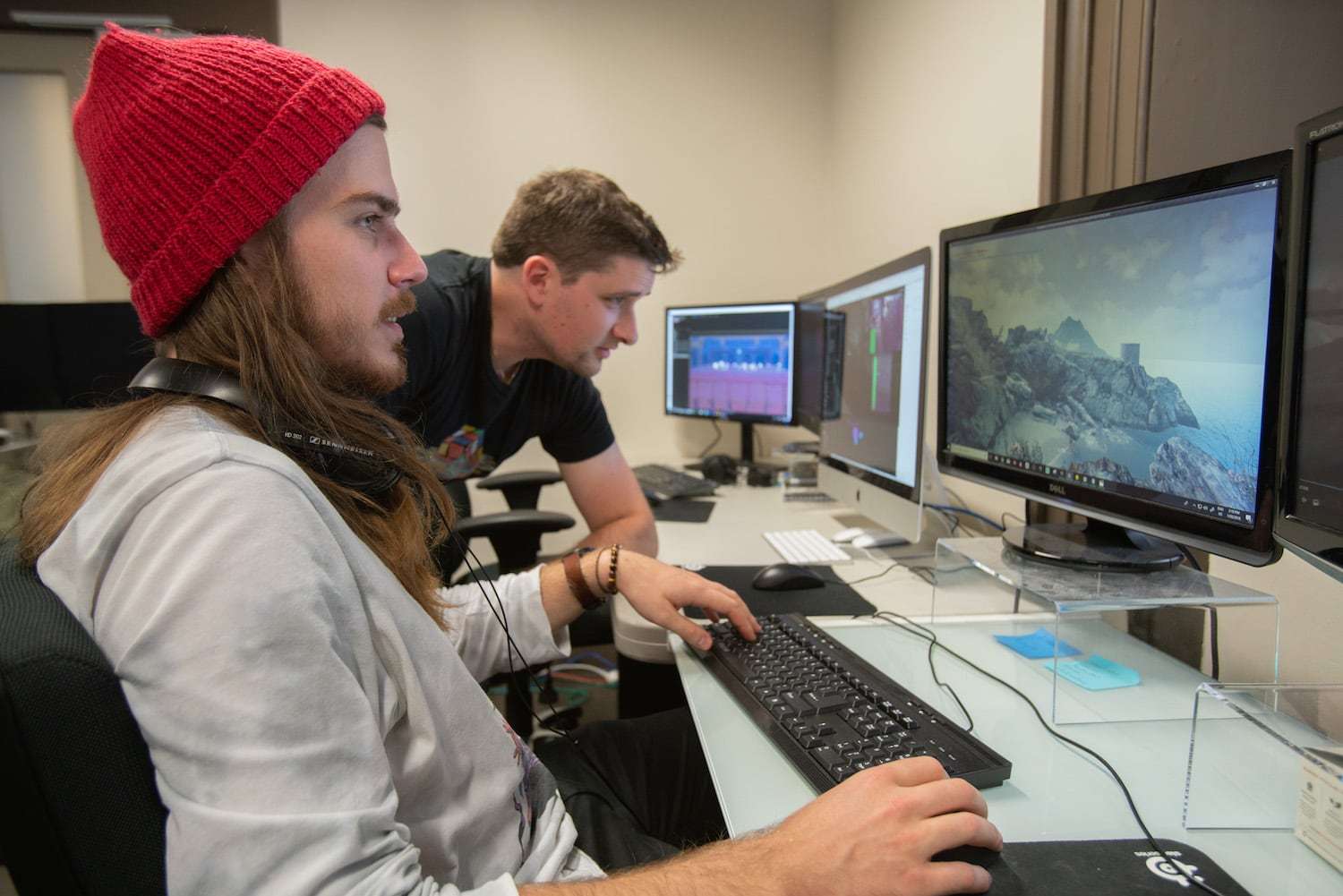
We love meeting new talent through our relationship with Flinders University, University of South Australia, CDW, AIE, Tafe, Adelaide University. Henry first met the Monkeystack team after accepting an invitation to the Studio. “Initially the visit was set up as a kind of work review, but we ended up being thrown into mock interview situation which was a great insight into what I might experience once I started job hunting.” Henry is now a qualified 3D Artist working with the Monkeystack team and is currently developing a Facebook AR effect for an upcoming Exhibition.
Tell us about the company culture and what motivates you to work for Monkeystack?
The digital age has seen Monkeystack services become even more relevant and in demand for our growing list of clients nationally and internationally. Monkeystack is committed to staying on the edge of the evolving digital landscape and encourage our team members to continually refine and expand their knowledge and skills.
Together with the Studio and Production Managers, Troy and I create a culture centred around quality client outcomes and continuous improvement. While the team continues to grow, it’s important we maintain that family feel. We encourage a lot of peer-to-peer learning and also give the team dedicated time to learn new program and techniques, so we can always offer our clients digital solutions incorporating the latest in design, technology and delivery.
We also encourage team members to put forward suggestions for improvement and have a good history of implementing change to improve the way we work.
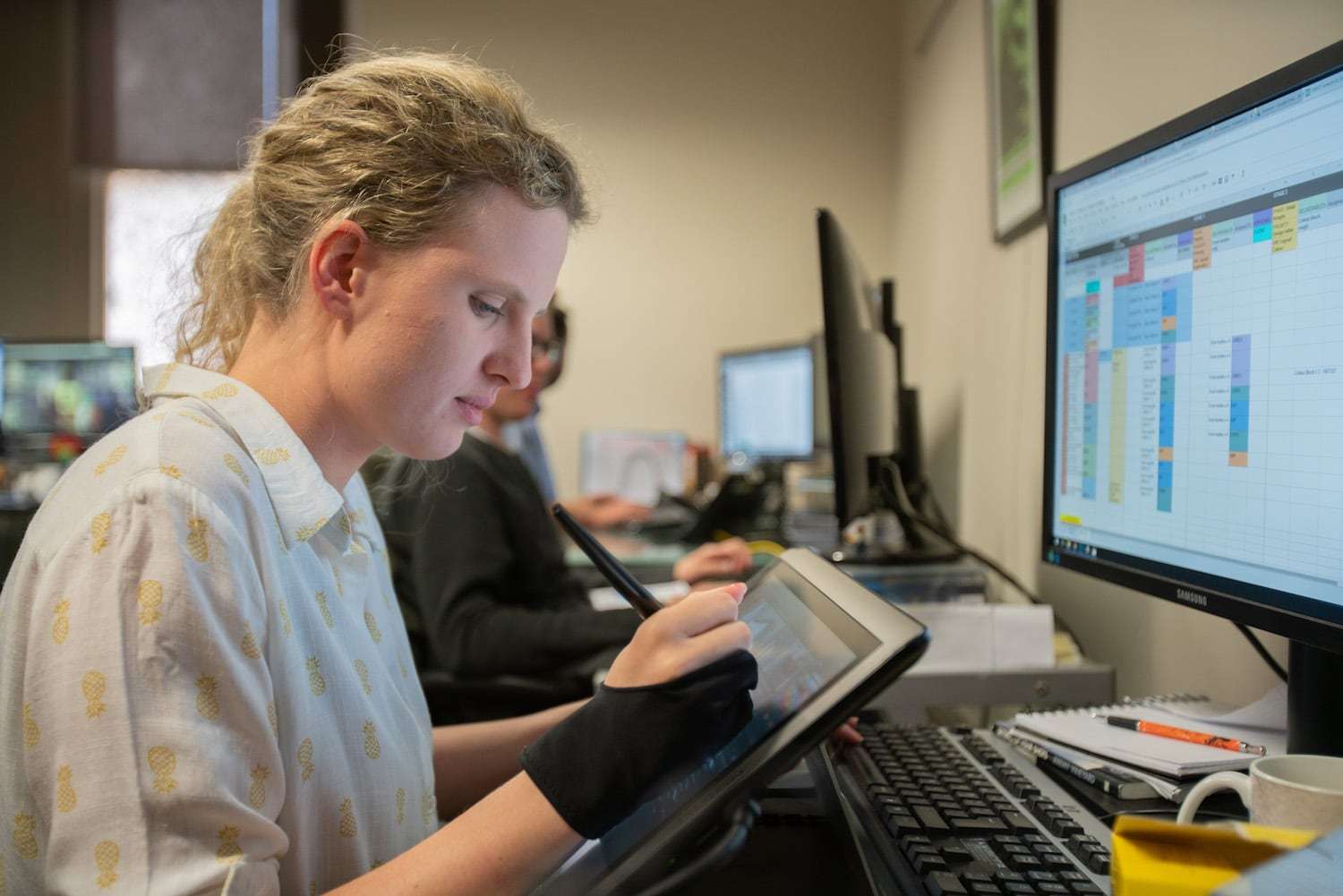
What are some of the biggest projects you’ve worked on?
No two days are the same in the Monkeystack studio with projects spanning many different disciplines and industries. Specialising in all things interactive, animation and design, we can step in and support with pieces of a larger project, but we really shine when working with clients throughout the entire creative process. One day we will be scripting and designing 2D animation videos and interactive smartphone Apps, and then next we’ll be creating photorealistic CGI visualisations, websites or even simulations and serious games.
Understanding people’s transferable skills mean we can move our team easily between projects and keep their work interesting and be challenging while delivering great results for our clients.
With many projects attracting national and international acclaim, work we’ve been particularly proud of in recent times includes the following collaborations
Austroads: Producing a library of photorealistic 3D CGI clips that form part of the new car and motorcycle licence process in throughout Australia and New Zealand.
Flinders University: Gamification complex healthcare has helped to educate those at risk of cardiovascular issues.
SA Water: Cross-platform education games about the states water system.
ABC Network: Collaborating to deliver a world-first VR project to bring the Kokoda story to life like never before
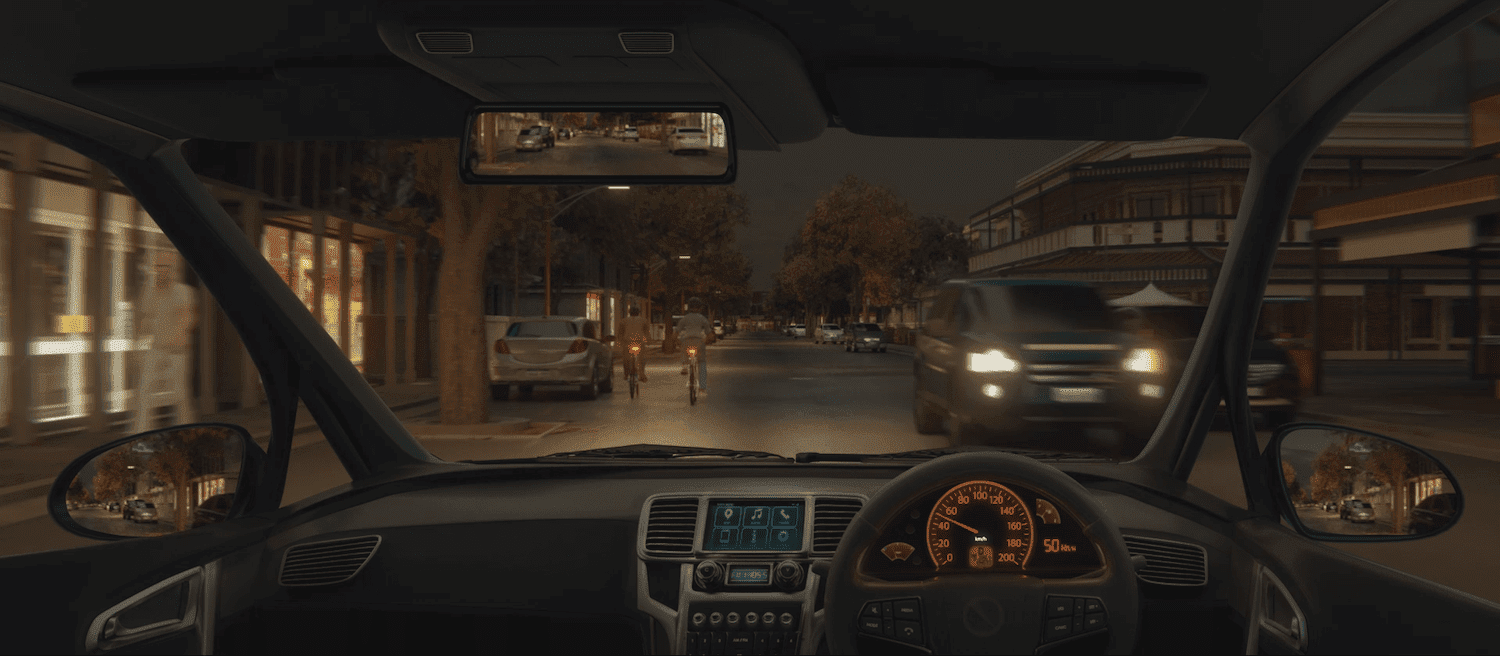
What software do you use and where do you see a shortage of talent at the moment?
Some of the core software we use in the Studio include game engines and Unity, Unreal Engine, most of the Adobe Suite for illustrating and effects. Our 3D crew mostly use Maya, 3D Studio Max, Blender and are really enjoying Substance Painter which is something we’ve recently rolled out studio-wide following a suggestion from one of the team.
As for talent, we’re pretty lucky with the team we currently have as we really do have all bases covered when it comes to all things interactive and animated. We will be scaling up, building a dedicated team to work on a large project running over the next 6 months.
How much ‘On the job training’ does someone get when they first start at Monkeystack?
There is an assumed baseline of competence with most creative and technical roles, so our newcomers arrive technically capable but often lack in Studio experience. It takes time to learn the systems and processes specific to our business and we support the team as they build their understanding and work capacity. We rely heavily on Slack to support collaboration, communication and information sharing and where possible pair juniors with an experienced team for on the job support. Strong leadership is essential to keep projects and each team member on track.
How much scope is there for a junior artist to move between departments?
When you’re new in a role, I think it’s important to prove your skills first before seeking to expand and grow. Once I understood the project, I could then apply my skills in 3D art and animation to troubleshoot issues and make changes on the go.
With such a broad range of challenging projects coming through the Studio, there are always opportunities for the team to lend their hand to new or complimentary creative or technical processes.
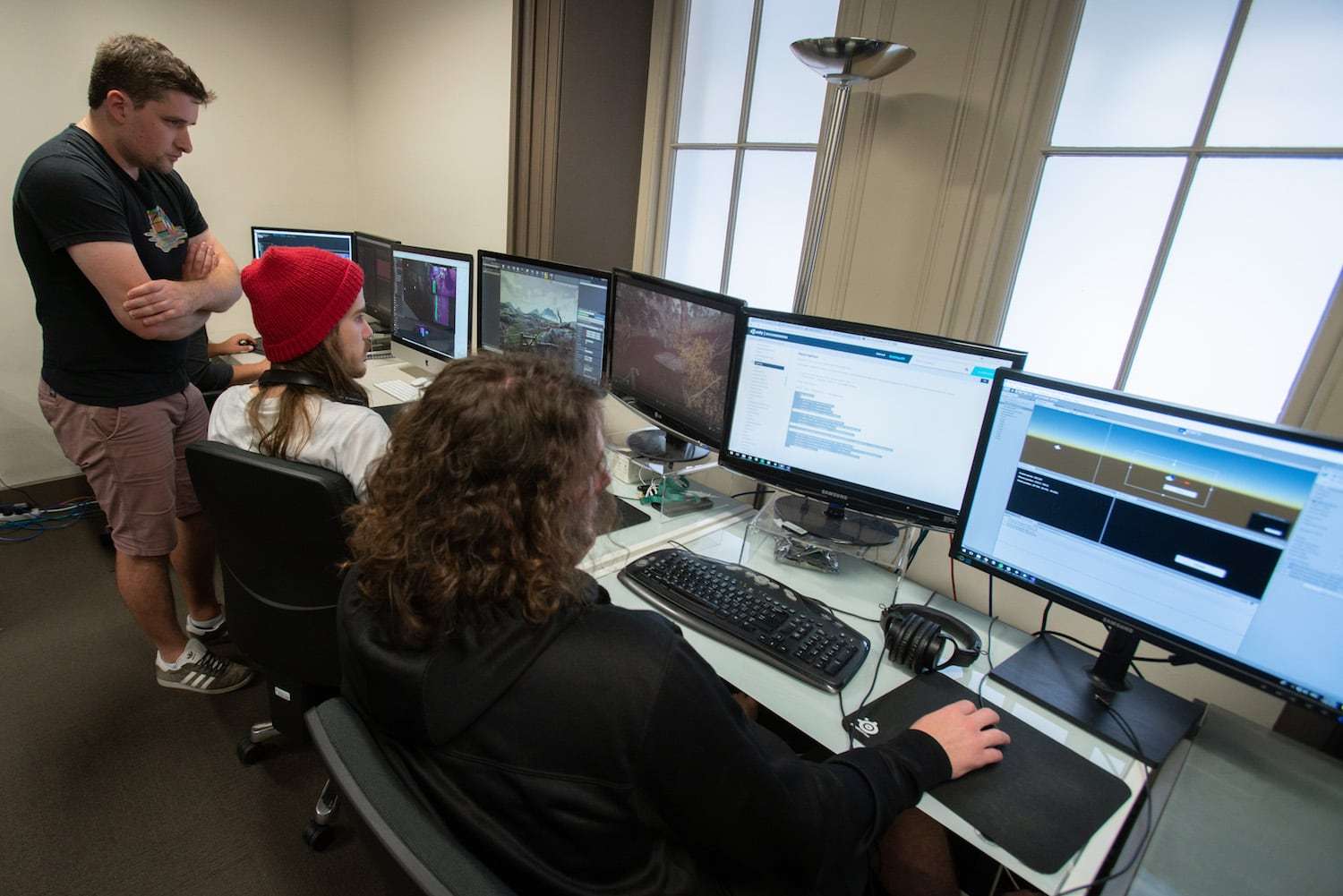
If you were to offer one bit of advice to somebody wanting to work at Monkeystack what would it be?
Justin, Director
I generally expect artists to have a very broad portfolio of different styles to show their versatility; not every project we have features cool robots and monsters. I also like to see they’ve tried their hand at a few different disciplines to get a feel for the whole pipeline. Otherwise, it’s down to just having a good attitude and a clear passion for their craft!
Troy, Creative Director
Good design is appropriate design. While it is good to have a personal style, a good artist will take the time to understand the client and their needs and adapt to deliver a solution that works for them.
Nick, Production Supervisor
Stick with it, it’s going to be hard in the beginning, but it will get better. At first, I struggled with my daily output, but it doesn’t take long to improve your productivity in the studio.
As a newcomer, I would suggest making sure you understand the work and the people around you. Learn their systems and their way of doing things and pick your timing if you think you can put forward good suggestions for change.
Be proud of the skills you have a make sure people know about them. Look for opportunities to take on new things and learn new skills.
Henry, 3D Artist
Stick with it – don’t give up.
It can be tough finding work. Getting your foot in the door to secure that first bit of experience is the hardest.
